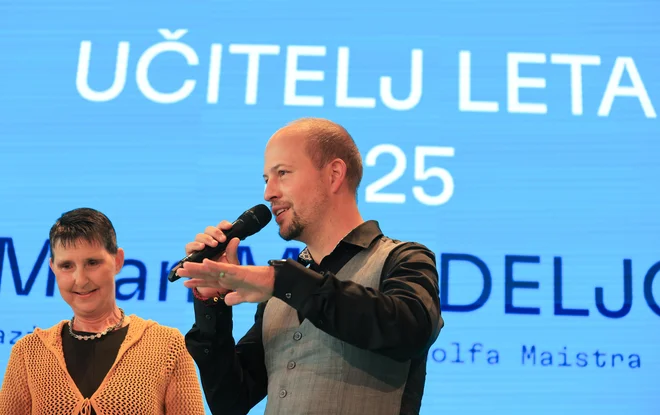Environmental considerations must weigh most in the Altafjord
The county committee in Finnmark dealt with the complaint from Langnes salmon on May 20, 2025, a case that challenges some of the most basic principles of environmental management, namely precautionary. Langnes salmon wants to establish a new setfish plant in the Altafjord, which is a national salmon fjord. There are special restrictions on businesses that can damage wild salmon. The Altafjord is already heavily burdened by existing farming activities. Although it is not explicitly stated that there is no prohibition on establishing setfish plants in a national salmon fjord, we have the right to use the precautionary principle to protect ourselves against further pollution.
It is argued from the applicant and their lawyer that we do not have the authority to use the precautionary principle as the county council director has done. I mean it’s completely wrong. Section 9 of the Natural Diversity Act provides the administration both right and duty to respond when the risk of serious injury is present – even when the knowledge is not complete. This provides a clear framework for a restrictive practice. We know that escape, illness and infection (for example from well boats) are real dangers. It is documented in many other contexts, and it is known that such incidents occur, even in modern and seemingly secure facilities. It is also described that when unloading the smolt there is a risk of escape.
Red therefore believes that we could safely send this case to the Directorate of Fisheries, so that they can take a thorough review of the legality of such a refusal.
The Altafjord already has many fish farms, and the environmental impact is considerable. The lice problem is persistent and documented. In addition, in recent years, the Alta River has been given a salmon size from 3 to 7 kilos – which has not previously been a natural part of the river’s population. This indicates genetic pollution from escaped farmed fish. If we accept another facility in this area, we expose one of the country’s most unique salmon rivers to unacceptable risk.
The Alta River is not just a local resource. It has national and international value – as a salmon river, as a habitat type, and as part of our cultural heritage and identity. Therefore, consideration for the wild salmon and the fjord’s ecosystem must weigh heavier than pressure from one player.
The aquaculture report that the government presented in the spring of 2025 provides support for this. The message emphasizes that the precautionary principle should guide in areas with vulnerable populations and already large aquaculture activity. Although the aquaculture report signals positivity to land-based aquaculture facilities, including new technology and new solutions, precautions will continue to apply.
There may be a good argument for the applicant that the residence time for the moles in the sea is reduced, which results in less pollution and lice effect, less mortality, etc. The smolts should then be placed in open cages, which is not an argument that can be used in this case, but which is the form of production that creates all the problems for other than the breeders.
If the applicants had planned for the production of slaughtered salmon inside the plant, on land, it would have been easier to defend the development, even though the plant is located in a national salmon fjord.
Against this background, the red administration’s assessment supported. We cannot help risk a new environmental threat to the Altafjord and the Alta River, and recommended that the complaint be rejected.





